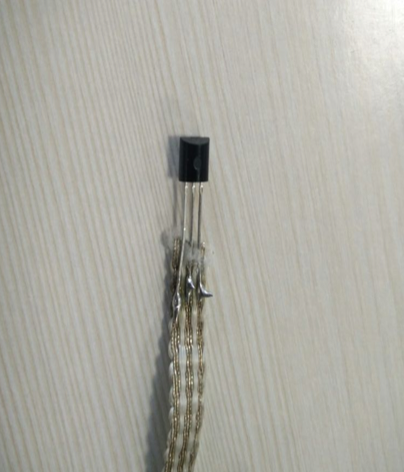Problem:
• Preterm birth complications are the leading cause of death among children under 5 years of age, responsible for nearly 1 million deaths in 2013.
• Neonatal incubators are very limited and unavailable in rural areas.
• Preterm birth children are more susceptible to critical conditions like Hypoxia and Apnea
• Risky methods like use of incandescent bulbs are used in rural Primary healthcare centres
• Long term vitals monitoring is really uncomfortable in existing systems and may cause skin irritation to the neonate
Existing Systems:
• GE Healthcare
-
Lullaby baby-warmer
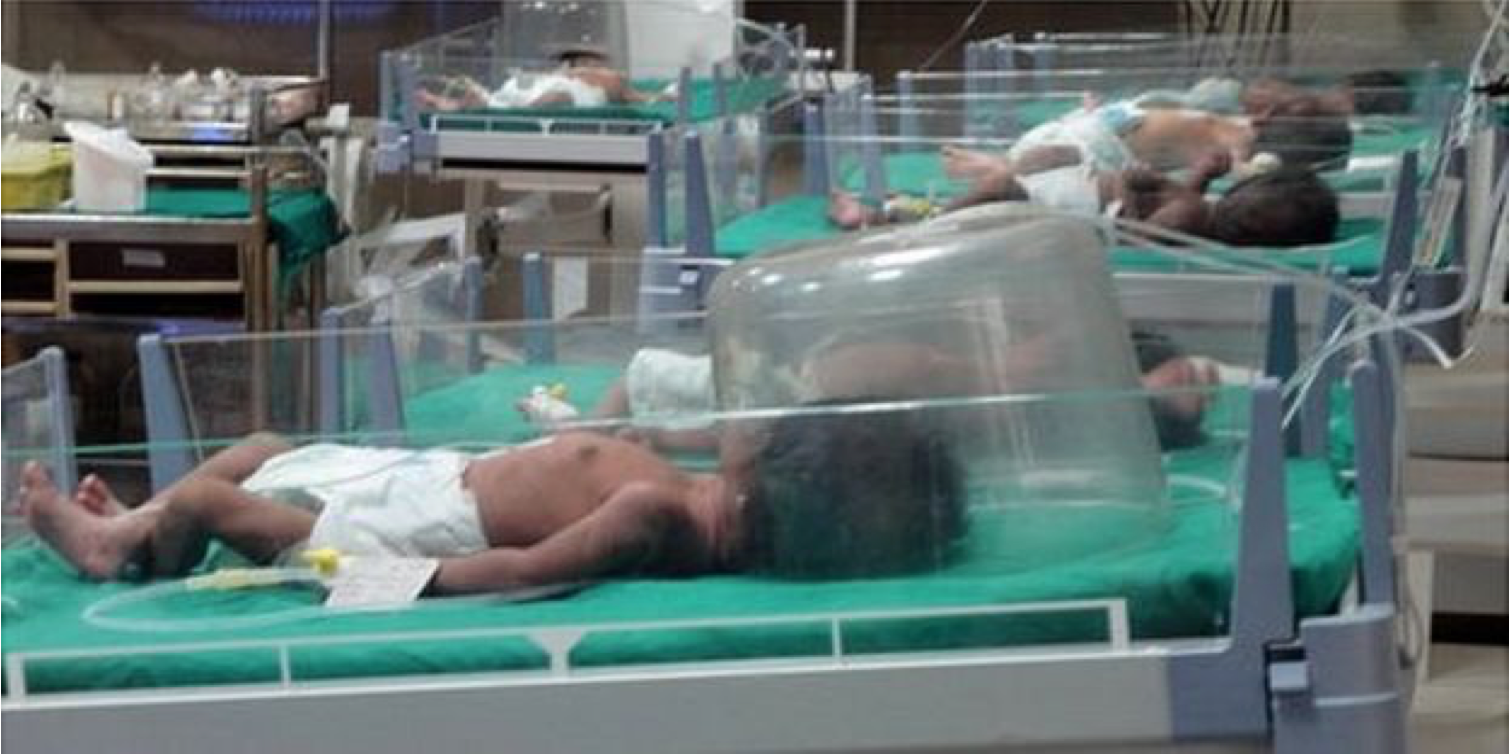 Pro's:
Pro's:
- Ease of use
- Uniform heat distribution
Con's:
- Stationary unit
- Expensive in comparison to other solutions
• Embrace
Pro's:
• Inexpensive (25$)
• Doesn't require power
Con's:
• Passive in nature
• Cannot detect emergency situations like Hypoxia(Lack of oxygen)
Background:
I, Vignesh am a final year engineering student from Chennai, India. I've always been into biomedical sensing and combining electronics and biomedical engineering.
Inspired after playing Deus Ex: Human Revolution as a 16 year old, My adolescent my mind was blown away by the possibilities in front of me. Reading about the work done by Dr.Hugh Herr at the Biomechatronics lab and Dr.Rosalind Packard at the Affective Computing lab MIT media lab. I realized I wanted to work on wearable sensors, After seeing the unbelievable progress in Machine Learning for the past few years empowering doctors with Machine Learning for diagnostics is my current goal. Along the way I've read statistics on pneumonia and wanted to do my path, I've also been forming a team to aid us in this.
Manoj Kumar is my partner in crime and works on firmware, The "Manoj" heads the design in our team.
Solution:
ADITI: Affordable Diagnostics Infused Textile Incubator

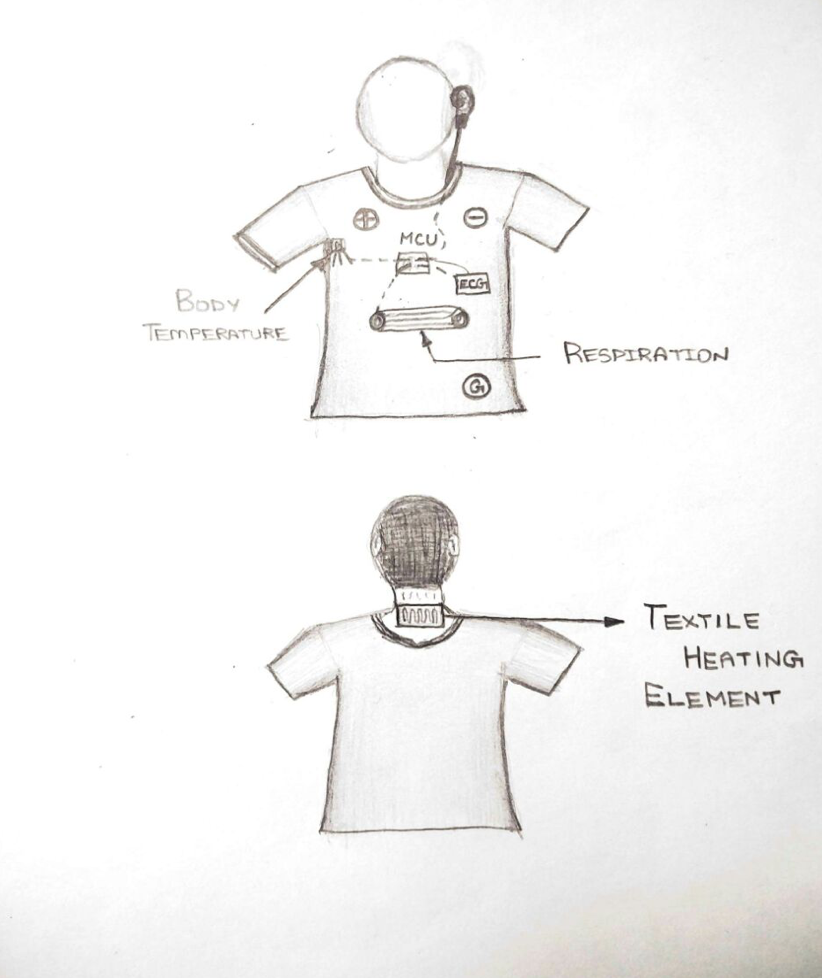
Our solution is a smart infant bodysuit that consists of fabric based resistive filaments that safely
provide warmth to the neonate as due to preterm birth body is fat is miniscule. The heating is
carefully controlled and will use PID control for accurate temperature control.
Comfortable textile based electrodes monitor ECG, Respiration Rate.
Pulse oximetry would be integrated with the baby's hoodie and would measure the oxygen
saturation in blood in the earlobe. Hypoxemia and Apnea can be detected early using Respiration
and Blood Oxygenation data to trigger alerts.
The wearable would also provide peace of mind to a parents who in many preterm cases are
extremely stressed. The device can potentially be the only incubation system in remote villages
where standard Neonatal incubators may not be available.
The system would be distributed in remote areas through Community Healthcare workers in a
rental model and in urban areas it would be post discharge rental system through hospitals.
System Design:
Respiration Rate Sensing:
![]() Teammate wearing the eeonyx fabric belt
Teammate wearing the eeonyx fabric belt
![]() Eeonyx fabric respiration sensor
Eeonyx fabric respiration sensor
•Use of piezoresistive fabric sensor to detect expansion and contraction of diaphragm
•Wheatstone network to measure change in resistance accurately
•Low cost and comfortable compared to Impedance pneumography
Heart Rate and Blood Oxygenation sensor:
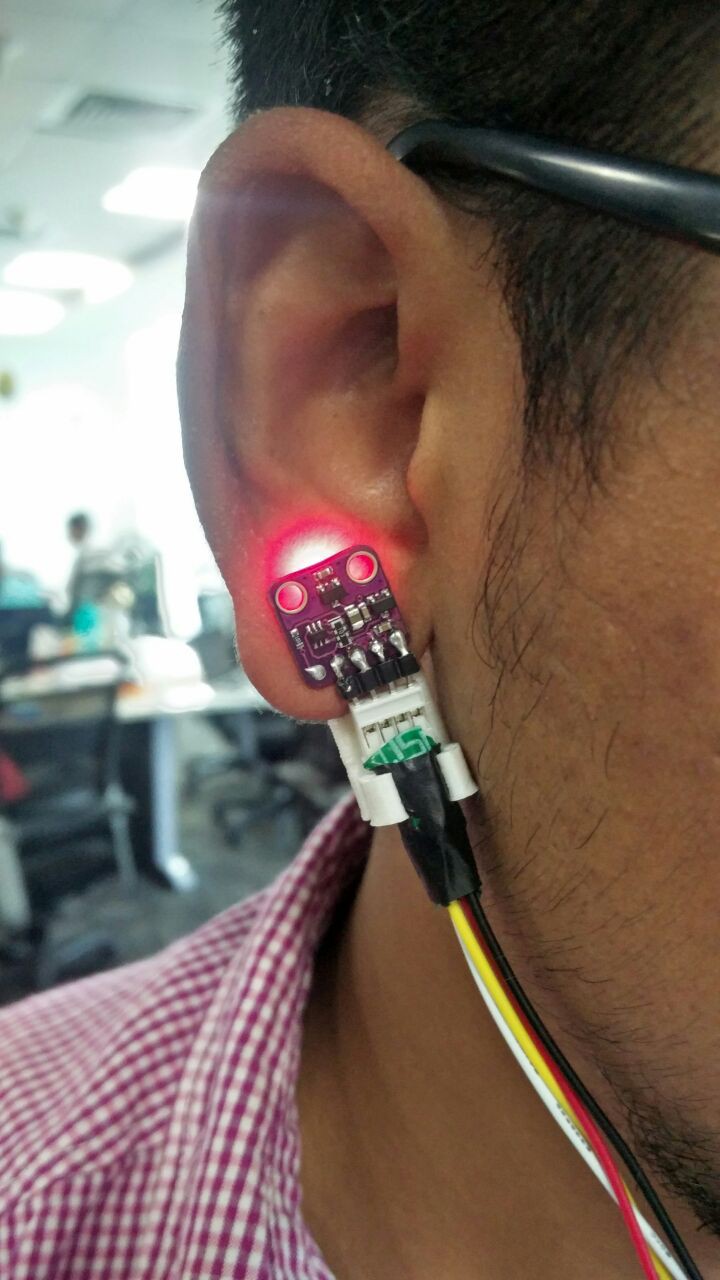
MAX30100 sensor along with a 3d printed clip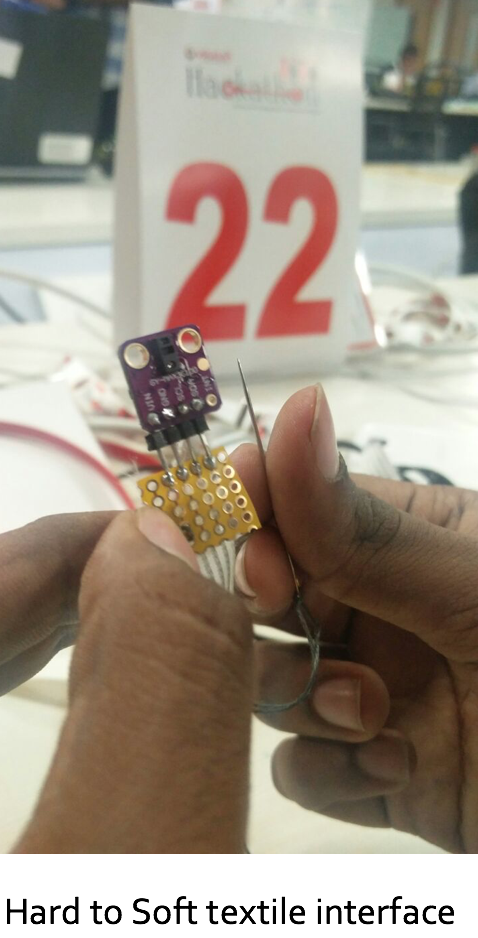
Inspired by Leah Buechley's work on etextiles
Photoplethysmography (PPG) and Pulse Oximetry (SpO2) are carried out by a single sensor which is used to measure reflectance of two LEDs of different wavelengths. SpO2 is found by measuring the reflectance of 650 nm light in comparison with 940 nm light. We are currently using the Maxim Semiconductors MAX30100 to reduce the size, cost. The sensor has an integrated amplifier, Analog to Digital Converter (ADC) and inbuilt LED's and LED drives (940nm,650nm).
We are working on etextile based system using a 4-channel conductive Textile Ribbon to comfortably transmit the data.
Body Temperature sensor:
![]()
The body temperature was also measured nonobtrusively by checking the armpit canal temperature using the LM35 temperature sensor. It is used to give feedback control for heating element.
The analog signal is fed to the MCU’s Analog to Digital converter at 1Hz sampling frequency. We transmit the data over a 3-channel conductive textile.
Heating Element:
We use the LiTex
Stainless steel thread used for warming the child safely and efficiently. We use an IRF544 N-channel MOSFET to warm the child using PWM & PID control (Adjustable securely through OTP login).
Ruggedized
through the use of Kapton
layer, It is ideal for use in this application.
I aim to evaluate Eeonyx's heating fabric with this along with Peltier thermoelectric modules.
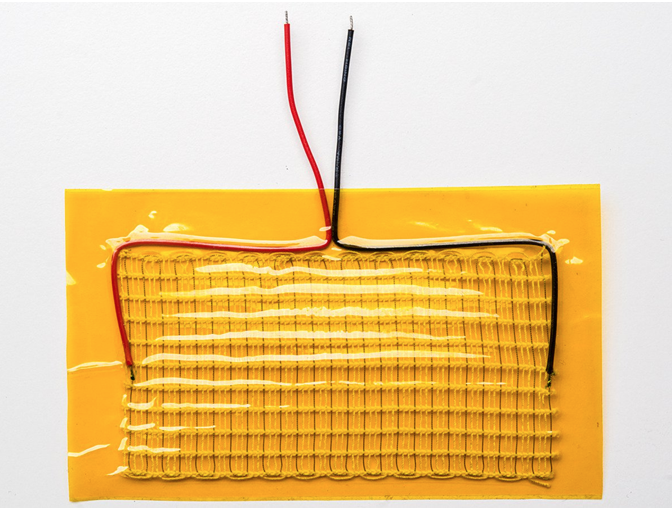
Textile heating pad from sparkfun

LiTeX fabric for warming
Hardware & Communication:
A powerful STM32F205 microcontroller is used for interfacing various sensors. Sleep modes are used frequently to increase the battery life of the wearable. A Broadcom BCM43438 module is used to provide wireless connectivity to the system and supports both Bluetooth Low Energy and WiFi. Even though WiFi is power consuming, we have used it to directly post the data to the cloud over WiFi in the prototype. The WiFi transmission is done in bursts to conserve battery.
A chip antenna was used to give a low profile design to the system. Commercially available components were chosen to design ADITI. The future iterations would use a Nordic Semiconductors nRF52832 BLE Micro controller for its extremely low power consumption and low cost. Further due to the presence of NFC in the MCU, Pairing would be extremely simple even for parents without prior education.
The data can either be transferred through the parent’s smartphone if available or through a dedicated gateway device bundled along with the sensor which would send the data to the cloud over Mobile Networks. Even though the availability of mobile network is limited in very remote areas, Initiatives like the Google Project Loon is likely to expand connectivity to even remote locations around the world.
Power Management & Battery:
For the prototype we have used a 10000mAh 2A USB powerbank to power the power hogging warmer system. The recent Samsung Galaxy Note 7 explosions brought to light the fundamental flaws in Lion/LiPo chemistries and thus we decide to move away from it in the future.
A 6.4 V, 10000 mAh Lithium Iron Phosphate battery pack is to be used the future revisions of our system. LiFePo4 chemistries are very safe and are unlikely to explode thus making us choose it over LiPo.
Due to the lack of electricity in rural areas, We aim to make the battery packs hot swappable with solar charging system for charging the batteries individually.
Packaging:
The comfort & safety of the infant was a priority while designing Aditi.
We took inspiration from Embrace towards providing Kangaroo care for infants and increase bonding between mother and child. The sensors functional and fabric based to avoid discomfort and we try to be non-obstrusive as possible.
BOM & Weight cost split-up:

Financials

Software:
I'm EE student lacking a lot on software and it's been the main pain point of the project. While I can write some good code for firmware, Cloud and Android dev flies over my head. That being said, I've posted firmware code on Github for the Particle Photon (Code Compatible with Redbear Duo). While porting some libraries was a pain due to my inexperience, The development was done using Particle Dev.
I will be posting a build instruction for setting up Particle Dev and getting custom libraries up there. I'm using Blynk to be mobile and as it's simple.
I'll be moving to a custom mobile based app soon and use MQTT to post to a custom secure server in the future. Volunteers for this portions are requested.
Open-Source details:
I've used some open libraries made by others and do not believe that I should own it. My intention from the start was that ADITI should be open and accessible project. So;
All the software for the ADITI project is copyright 2016 Vignesh Ravichandran , and is free software: you can redistribute it and/or modify it under the terms of the GNU General Public License version 3.For more info seehttp://www.gnu.org/licenses
 Manoj kumar
Manoj kumar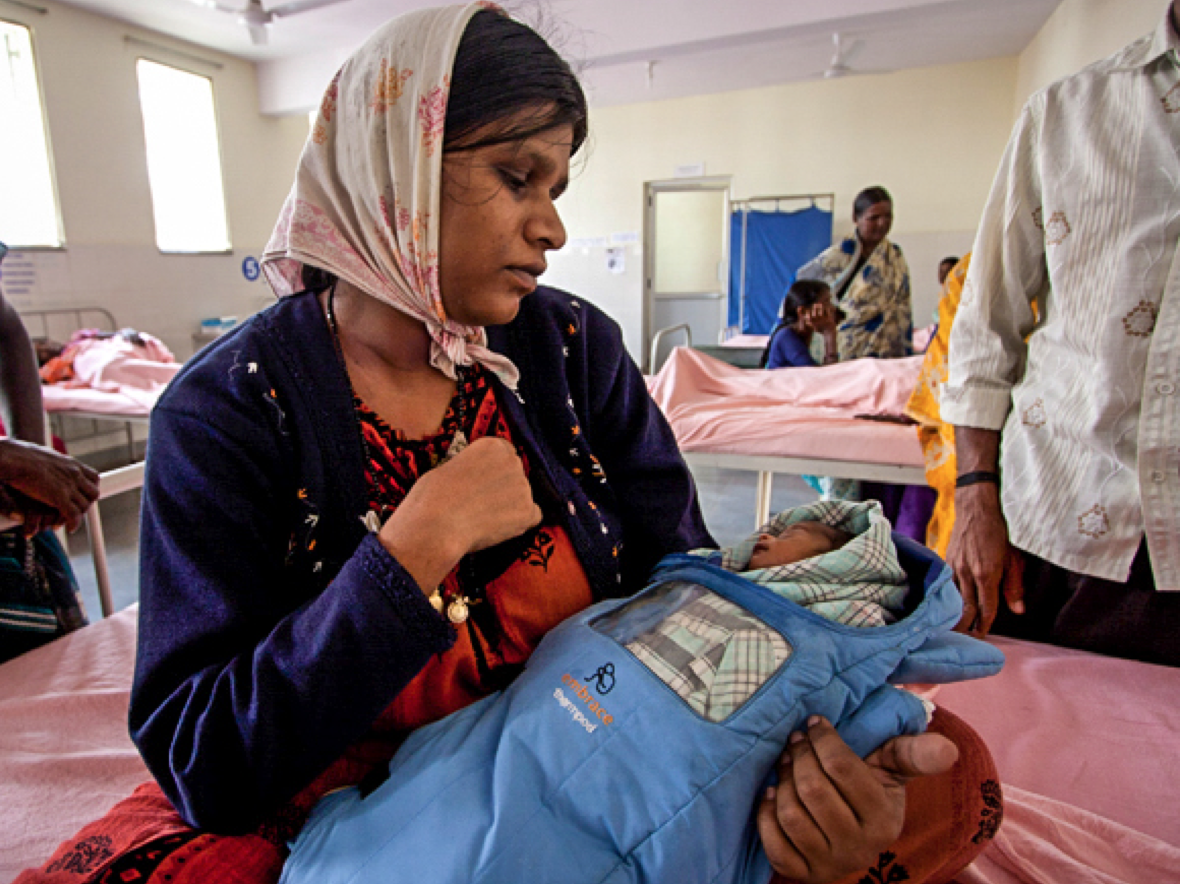
 Teammate wearing the eeonyx fabric belt
Teammate wearing the eeonyx fabric belt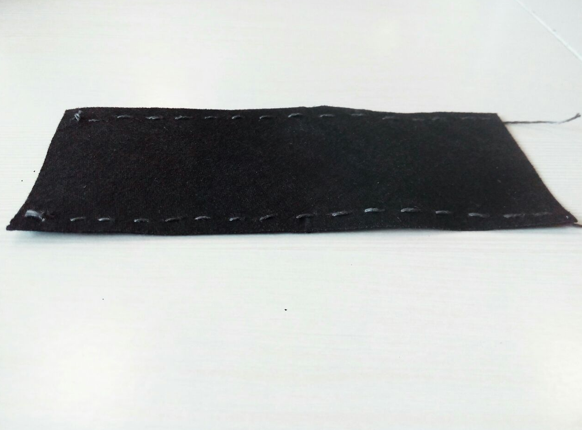 Eeonyx fabric respiration sensor
Eeonyx fabric respiration sensor